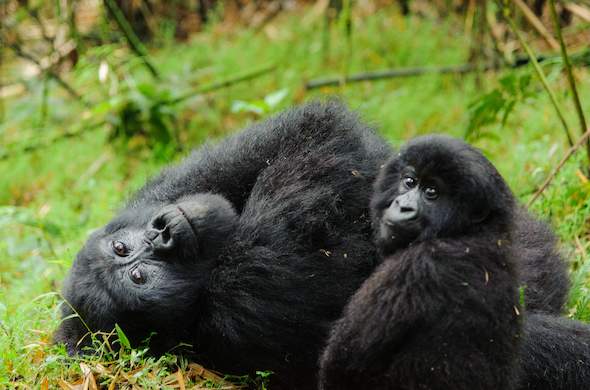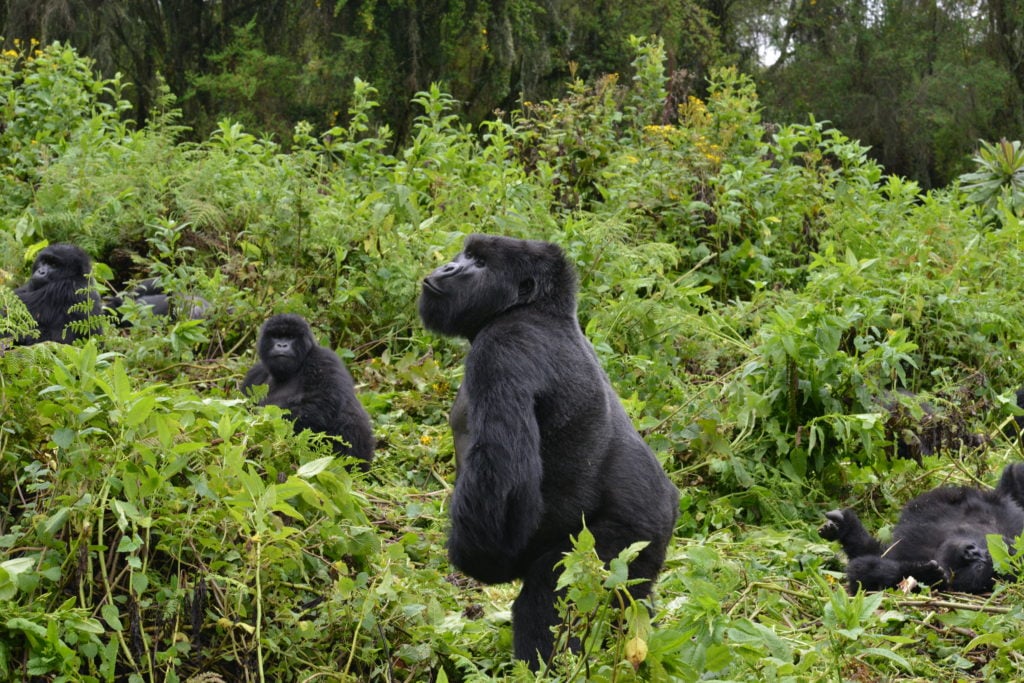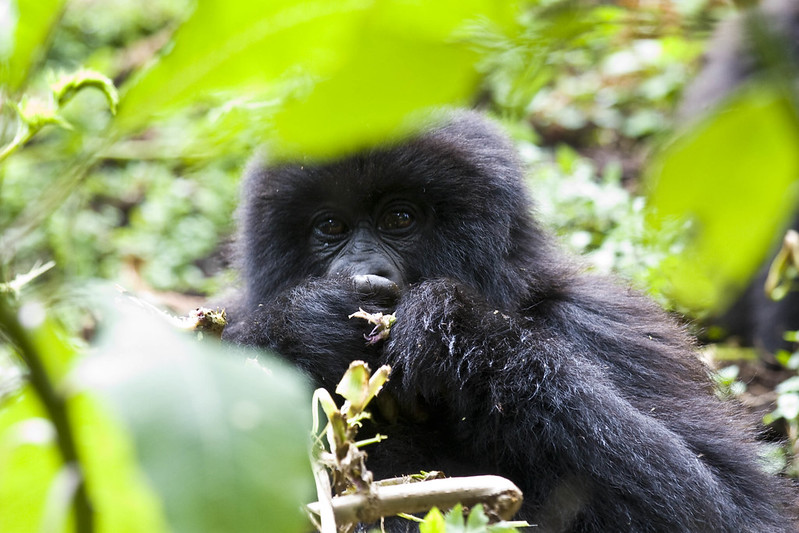Best Places To See Gorillas In Africa
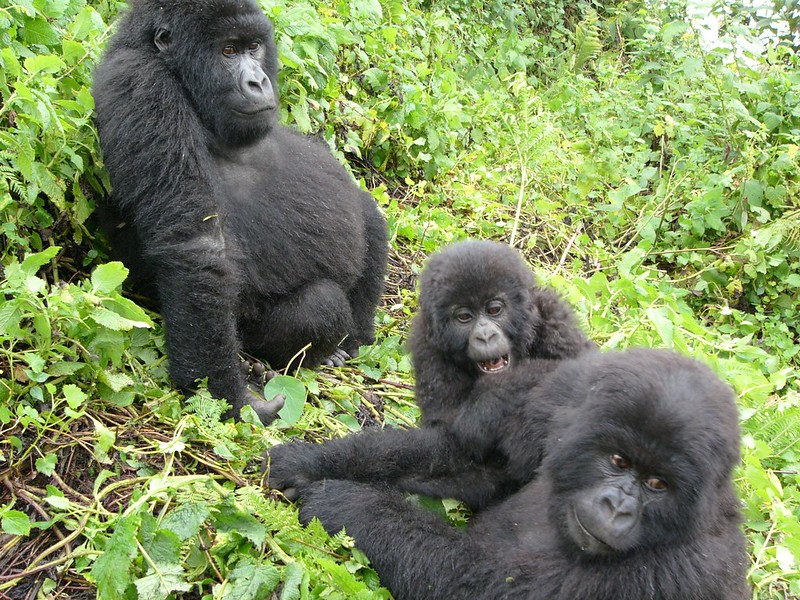
Here are the Best Places To See Gorillas In Africa, to see gorillas in their natural habitat, which you should include in your bucket list if you aspire to witness these creatures in the wild. There is considerable disagreement regarding which country provides the premier gorilla trekking safari experience for an unforgettable holiday in the most remote regions of Africa. Countries such as Rwanda and Uganda have established exemplary conservation and sustainable initiatives centered on gorilla trekking experiences and robust infrastructure. Fortunately, the population of gorillas in their natural habitat is on the rise. The current census indicates a population above 1,000, in contrast to 250 at the inception of conservation efforts approximately 25 years ago.
Are gorillas exclusively found in Africa? Indeed, gorillas are exclusively located in Africa. They originate from the equatorial woodlands of central and eastern Africa. Gorillas are categorized into two species: the western gorilla and the eastern gorilla, each inhabiting distinct parts of Africa. The western gorilla mostly inhabits Cameroon, the Central African Republic, Congo, and Gabon, whereas the eastern gorilla is located in Uganda, Rwanda, and the Democratic Republic of Congo.
There are two species of gorillas located in Equatorial Africa: the Eastern gorilla, found in the Democratic Republic of Congo, Rwanda, and Uganda, and the Western gorilla, found in Nigeria, Cameroon, Angola, the Central African Republic, and the Democratic Republic of Congo. Selecting the optimal gorilla safari trekking experience is contingent upon your financial resources and adventurous spirit. Additionally, scientists have acclimatized many groups for tourism from the undocumented gorilla family units inhabiting Africa’s tropical forests, allowing visitors to observe them in their native habitat without the risk of danger.
Uganda, Best Places To See Gorillas In Africa
Uganda is among the premier destinations for observing gorillas in Africa. The Pearl of Africa undoubtedly never fails to wow. It is, to us, undoubtedly one of the premier locations to observe gorillas in Africa. The premier mountain gorilla safaris occur in Bwindi Impenetrable National Park, which protects nearly half of the gorilla population, comprising over 13 groups and approximately 400 gorillas. Additionally, Mgahinga National Park, situated within the Virunga Mountains adjacent to the Democratic Republic of Congo and Rwanda, hosts one habituated group that occasionally crosses the borders.
The system proceeds seamlessly, with local residents reaping the advantages of the fees. The hiking might be arduous; there is a reason it is termed impenetrable. Certain groups are more accessible than others. The two gorilla habitats extend along the southwestern border of Uganda, approximately 500 km from the capital, Kampala, via a road that is 90% well-paved. Reaching the reserve requires approximately a 10-hour drive or a 1-hour local flight.
Directions to Bwindi Forest National Park
Flights from Frankfurt Airport to Entebbe are available, followed by a drive to Kampala and further to southwestern Uganda. Two tiny airfields located to the north and south of Bwindi Impenetrable National Park provide access for anyone wishing to bypass the lengthy journey across the stunningly mountainous landscape, although the drive to encounter the wildlife is worthwhile. The Uganda Wildlife Authority, in collaboration with scientists and wildlife professionals, has habituated 21 gorilla families for tourism purposes. An indeterminate number of troops reside within the secured zones, beyond normal access. A traveler can trek and encounter any of the 20 habituated human groups. Bwindi provides an opportunity to engage with a semi-habituated group for a duration of up to four hours. They exhibit greater unpredictability and reduced submissiveness compared to habituated groups, providing an intimate and captivating insight into the ongoing acclimatization of gorillas to humans. A gorilla permit from the Uganda Wildlife Authority, costing $800, is all that is required. Each morning throughout the year, skilled trackers and rangers lead small groups of eight tourists in pursuit of these animals. The Buhoma sector, located in the northern region of Bwindi, serves as the primary trailhead including five habituated groups. This area is exceptional, favored by travelers due to its extensive selection of safari rentals and convenient access to other safari spots on the western circuit. Nkuringo and Rushaga, located in the southern region of Bwindi, are the additional two trailheads that provide optimal viewing opportunities. Eleven families are situated between the trailheads, along with an additional two groups for research purposes. Upon encountering the creatures, the trackers permit the tourists to remain within a 10-meter radius of the wild giants for almost one hour.
Rwanda: Best Places to See Gorillas in Africa
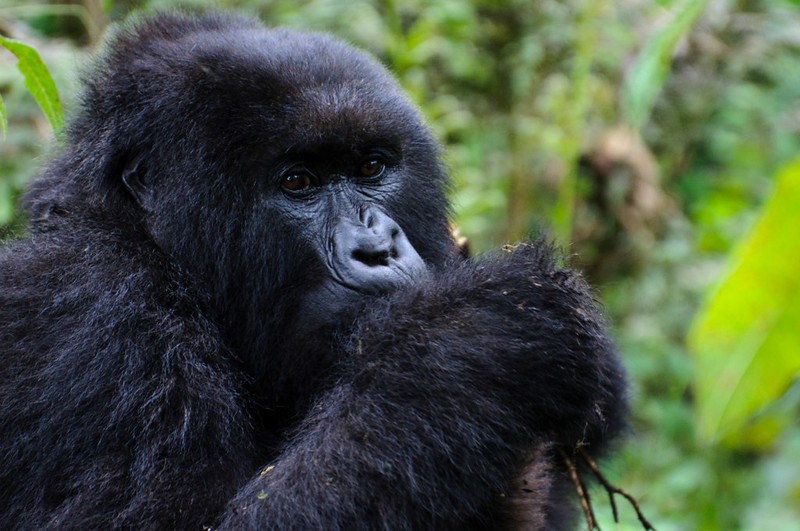
Rwanda ranks as the second most favorable country for gorilla trekking in Africa. It safeguards the world’s most cherished monkeys on the magnificent slopes of the Virunga Mountains. Great Spots for Seeing Gorillas in Africa include the Volcanoes National Park, which harbors about fifty percent of the global gorilla population. Virunga is situated between Uganda, Rwanda, and the Democratic Republic of the Congo. Volcanoes National Park features 12 habituated groups accessible for tourism. Travel northwest for around two hours from Kigali city on a well-maintained road to reach the habitat. Direct flights from Tanzania to Rwanda take 2 hours and 48 minutes, but bus travel from Tanzania to Kigali requires over 40 hours on the road.
While the gorilla trekking experiences in Uganda’s Mgahinga Gorilla National Park and Rwanda are comparable, Rwanda imposes a permit fee of $1500, which is accessible only to those with sufficient financial means. Among the 11 groups designated for observation is the Susa group, which inhabits the elevated regions of Mt. Karisimbi and was researched by the renowned primatologist Dian Fossey. Other parties traverse the lower slopes and are more easily monitored. In September, the annual naming ceremony for infant gorillas, known as kwita izina, draws thousands of visitors to Musanze, the principal town for gorilla safaris in Volcanoes National Park. Additionally, there are opulent accommodations accessible in Musanze, and travel operators conduct excursions in this area. Based on your overnight location, arrive at the park headquarters by 8 AM for a briefing, after which trained trackers will guide small groups of approximately six tourists into the verdant jungles to locate a habituated gorilla population.
Democratic republic of Congo: Best Places to See Gorillas in Africa
It possesses the most audacious and economical, yet least frequented, of the Virunga Mountains and their territories. The cost of DRC permits is $400. Four factions inhabit the Virunga National Park in the Democratic Republic of the Congo. The DRC is the sole nation worldwide that hosts western lowland gorillas, eastern lowland gorillas, and mountain gorillas. The probability of encountering mountain gorillas is 98%, with 60% for eastern populations and 20% for western lowland populations. Certain western lowland gorillas inhabit the extreme west of the Democratic Republic of the Congo in the Mayumbe region of Bas Congo, traversing between Cabinda, Angola. The optimal location to observe the eastern lowland gorilla is Kahuzi Biega, which serves as the largest habitat for over 250 Grauer’s gorillas.Kahuzi Beiga may be accessed via Bukavu, located a few kilometers south near the Rwandan border, offering picturesque lakeside lodging in colonial homes. Nonetheless, verify security and safety recommendations before to traveling to the DRC. Virunga can be accessed from Kisoro in Uganda or via airplane to Goma, located on the northern shore of Lake Kivu.
The Congo Brazzaville (the Republic of Congo): Premier Locations for Gorilla Observation in Africa
The tranquil Republic of Congo, distinct from the volatile Democratic Republic of the Congo, is undoubtedly one of the premier destinations in Africa for observing gorillas. It is situated between Gabon, Cameroon, the DRC, and the Central African Republic, providing optimal opportunities for encounters with the western lowland gorilla.
The optimal location to observe the western lowland gorilla is Odzala Kokoua National Park, which reopened in 2012 following the Ebola crisis. Two habituated groups exist in the tropical woodlands. The experience is remarkable, featuring only groups of four individuals alongside challenging terrain. Neptune is an exceptionally charismatic silverback, and observing his group is undoubtedly gratifying. The premier accommodation choice near Odzala Kokoua is Sangha Lodge. Additional gorillas are observable in Nouabale Ndoki National Park at Mondika camp and Mbeli Bai, where a resident silverback frequently visits a forested island accessible by boat. It is more appropriate for intrepid travelers. Tourists can observe rehabilitated western lowland gorilla orphans being returned to the wild in the Lefini Reserve.
Central African Republic: Best Places to See Gorillas in Africa
Trekking activities in the Central African Republic are not for the faint-hearted, as the pursuit of wildlife is challenging in one of the continent’s most untamed and rewarding jungles. It hosts the highest population of western lowland gorillas and forest elephants globally. They are primarily located in the Dzanga Sangha Special Reserve, which is part of the UNESCO World Heritage Site of the Sangha Trinational Reserve, and its tropical rainforest ecology extends into protected areas in Congo and Cameroon. Tourists may observe two of the three acclimated western lowland gorillas. The local Ba’Aka tribe assists in the net search throughout the dense rainforest, encountering forest elephants, bongos, and mangabey monkeys, rendering the expedition unsuitable for the faint-hearted. Sangha Lodge is the premier accommodation option offered. If you can withstand the challenges of traveling in the Central African Republic, the experience is immensely gratifying; otherwise, consult current travel advice, as the nation is fraught with difficulties.
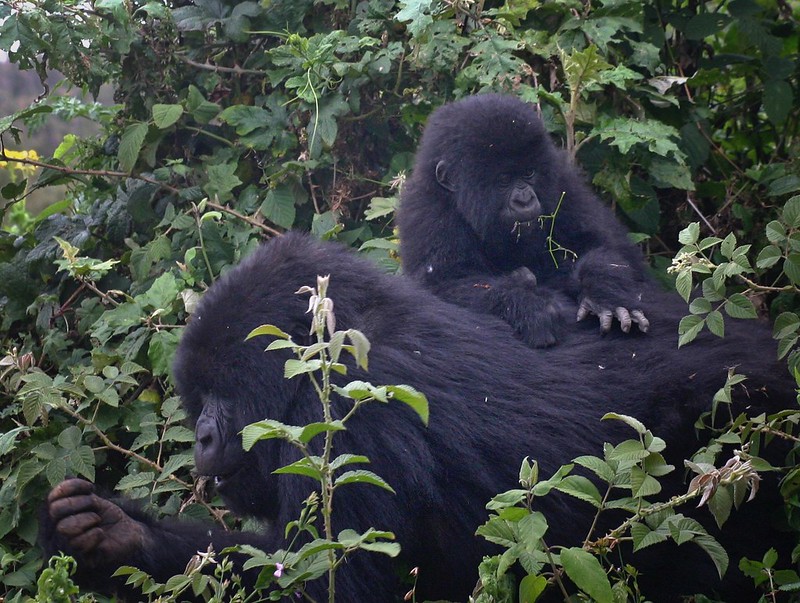
Is gorilla trekking worth the price tag?
Affirmative! Gorilla trekking in Rwanda, Uganda, and the Democratic Republic of Congo is not only a worthwhile investment of money but also a valuable use of time and effort expended during the arduous hiking experience. Encountering the silverback gorilla in its habitat is a humbling experience; it is the dominant figure responsible for making crucial decisions for the entire family, and the cost incurred significantly impacts the community and the protection of these magnificent creatures. A significant portion of the revenue from gorilla trekking is allocated to the conservation of national parks and gorillas. Likewise, 10% of the revenue is allocated to local communities. This approach prevents local individuals from becoming farmers, hence averting deforestation for agricultural purposes. Profits from gorilla treks are being utilized to construct schools and roads. The remaining funds are allocated to the governments of these nations.
Reasons for thinking about embarking on a gorilla trekking expedition.
Africa’s mountain gorillas can exclusively thrive in the wild, specifically in highland or mountainous regions. These creatures are not observable in zoos, as the outdoors is the sole environment for engaging with the dwindling population of mountain gorillas. Additionally, the safaris are available throughout the year. Moreover, the excursions offer assistance to the local population via cultural exchanges. Trekking facilitates the exploration of several information regarding these colossal species. Gorillas are large primates possessing a docile disposition. They share 93% of human DNA and exhibit traits such as the playfulness of toddlers, the tenderness of mothers, and the capacity for both sadness and laughter. They possess a stocky physique characterized by a big chest and shoulders, enormous anthropoid hands, and a comparable eye on their hairless faces. They reside in familial units of 5 to over 30 individuals, referred to as troops or bands, governed by a dominant silverback male. The relationship between the male and his females constitutes the foundation of gorilla social structure.
Lowland gorillas are readily observable globally, whereas highland gorillas cannot thrive outside their specific habitats at the Best Places To See Gorillas In Africa.

